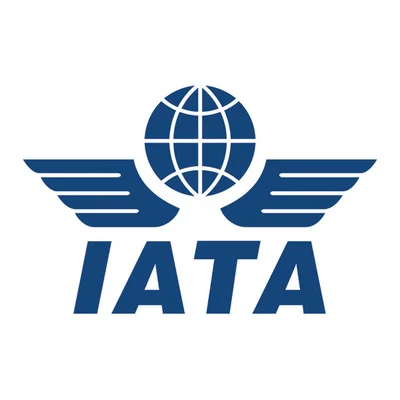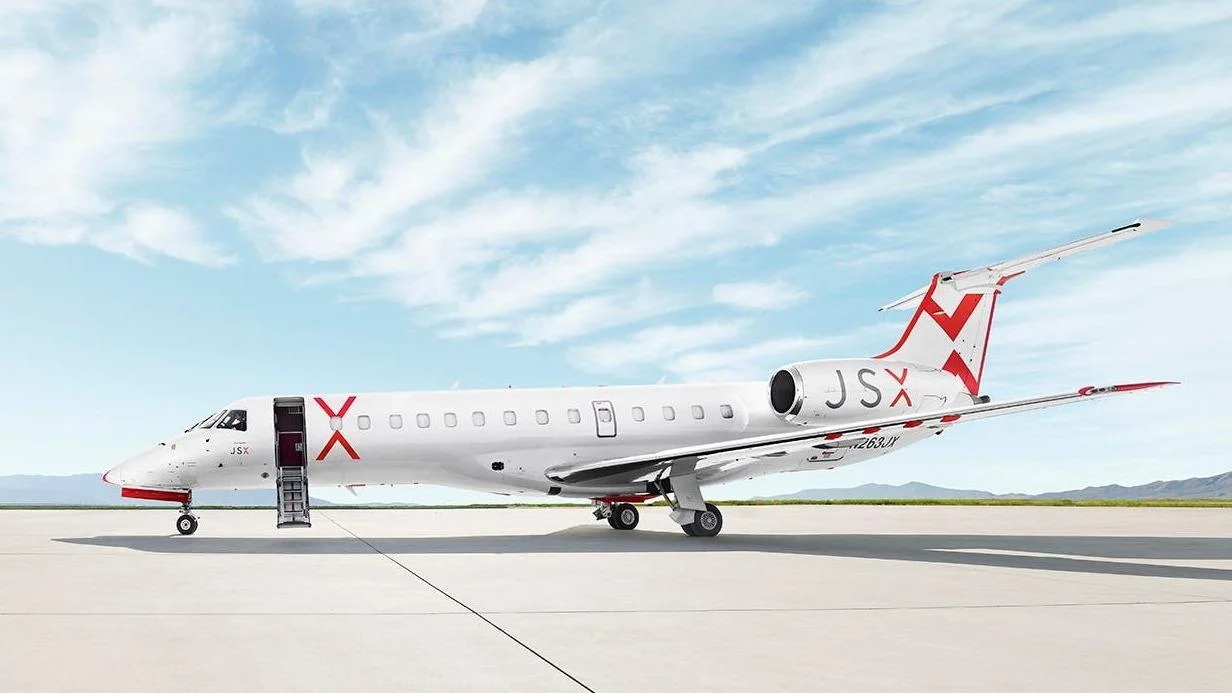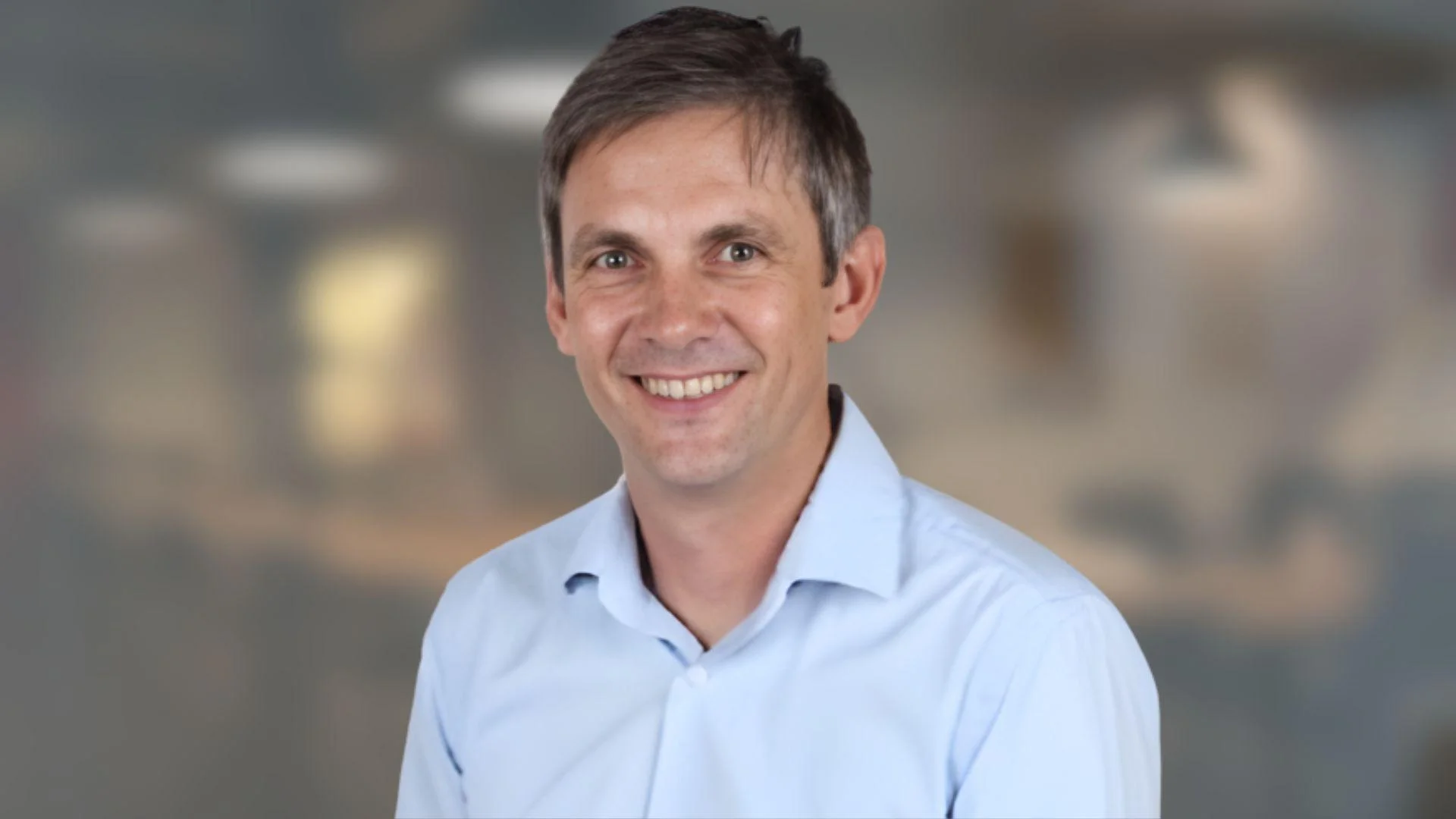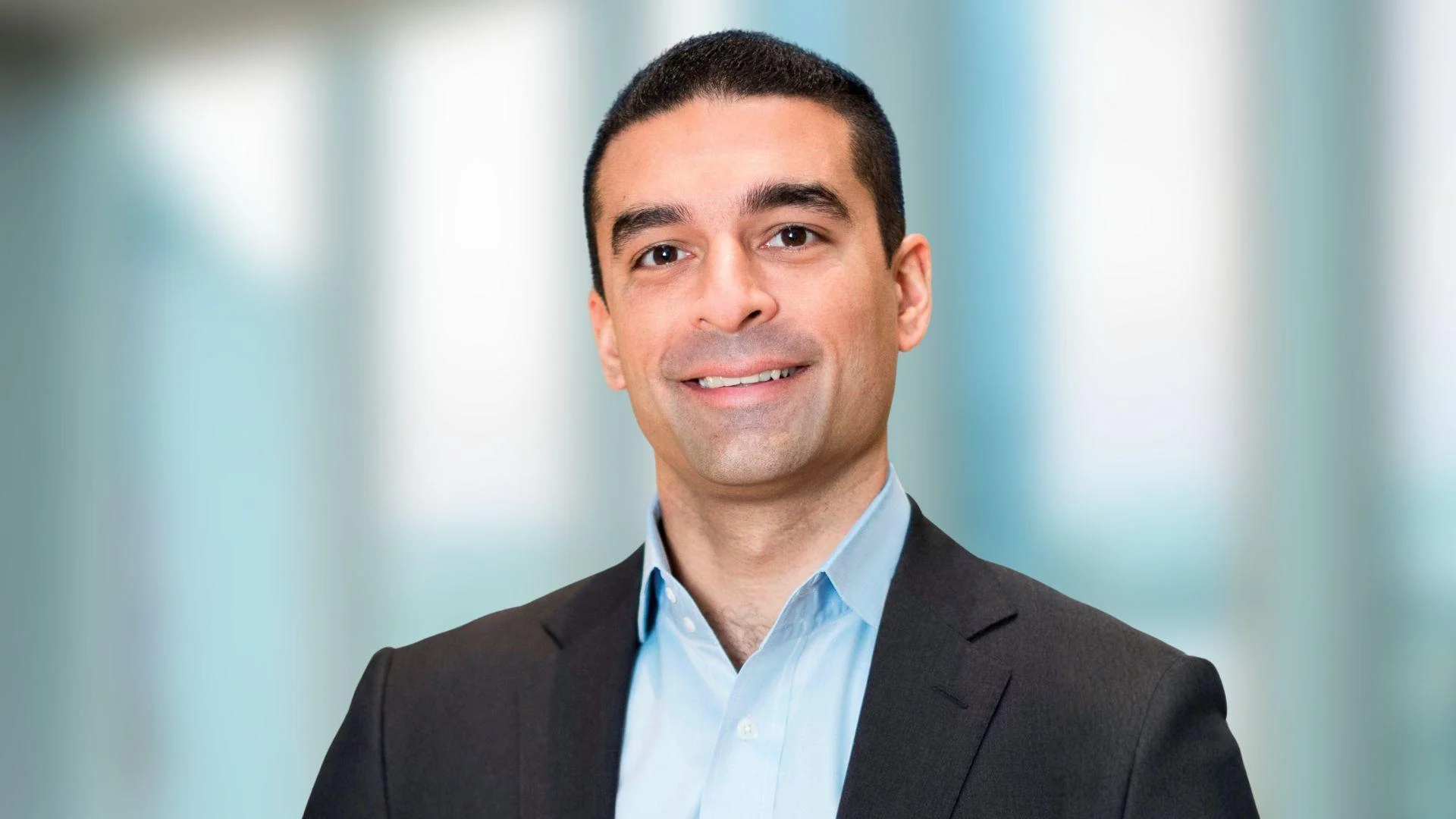The joint venture between GE Aerospace and Safran Aircraft Engines looks to achieve a 20% reduction in fuel burn and carbon dioxide emissions compared with the most efficient jet engines available today—a goal that GE Aerospace vice president of engineering Mohamed Ali says he feels increasingly confident it will achieve, and possibly overshoot.
During a media briefing before the Farnborough International Airshow at GE Aerospace’s Cincinnati headquarters last month, Ali said his team recently received some promising results from wind tunnel tests. Safran conducted the tests earlier this year in collaboration with the Onera aerospace research agency at its wind tunnel facility in Modane, France.
To validate the open-fan engine performance and noise levels, GE Aerospace has used supercomputers to run simulations and compare calculations with real-world test results. “When we compare them to supercomputing predictions, always with computational fluid dynamics there is a correction factor—they never match,” Ali explained. “We needed none because we are able to model it essentially at the molecular level.”
With the power to process trillions of calculations per second, supercomputers are shortening the product development cycle “and enabling us to get accurate results faster,” Ali said.
GE Aerospace has become one of the largest consumers of supercomputing capability in the world, and according to Ali, now uses about the same amount of computational power as prominent artificial intelligence platforms like OpenAI.
Last year GE Aerospace became the first business to use the U.S. Department of Energy’s new Frontier supercomputer. Located at Oak Ridge National Laboratory in Tennessee, it is considered one of fastest supercomputers globally carrying capacity more than a quintillion (one million trillion) calculations per second.
Noise testing of open fan design began last year at an Airbus facility in Hamburg Germany Those tests validated lower noise levels than today's Leap engines according to Ali
At 2022 Farnborough show CFM Airbus announced plans flight-testing open-fan technology demonstrator on A380-based testbed Earlier two companies signed separate agreement collaborate hydrogen demonstration program
Airbus CFM plan install modified GE Passport turbofan combustion engine A380 testbed filled liquid hydrogen tanks fly end 2026 Separately GE Aerospace works NASA modify Passport engine hybrid-electric propulsion technology
After successfully demonstrating hydrogen-combustion technology with Airbus CFM intends produce hydrogen-powered variant Rise engine initially compatible ordinary jet fuel sustainable aviation fuel SAF
This hydrogen demonstration also contributes Airbus ZeroE program aims introduce hydrogen-powered airliner capable carrying around 200 people up 2 nm by 2035
So far CFM Rise team conducted more than 100 tests validate various aspects its engine technology Ali called results measuring durability capability open fan quite encouraging
"So we actually are increasingly feeling confident about our ability achieve 20% fuel burn improvement really set standards what future will be" he concluded
 Alerts Sign-up
Alerts Sign-up





































